 There are certain times when an electrical home inspection is recommended. If you are just purchasing a home it’s a good idea to have it inspected so you can be sure you’re not buying into any major issues. When you have lived in your home for a while or if it is an older home, an inspection is a great idea to ensure that everything is running properly. Finally, if you are adding an appliance or doing any large renovations, you should have you electrical checked out to make sure that it can handle the new technology you’re bringing into your home.
There are certain times when an electrical home inspection is recommended. If you are just purchasing a home it’s a good idea to have it inspected so you can be sure you’re not buying into any major issues. When you have lived in your home for a while or if it is an older home, an inspection is a great idea to ensure that everything is running properly. Finally, if you are adding an appliance or doing any large renovations, you should have you electrical checked out to make sure that it can handle the new technology you’re bringing into your home.
To get the best results, a licensed electrician must perform this home electrical inspection service. The electrician will be able to perform several tests on your electrical system whereas a homeowner or buyer can only visually inspect it. When you hire an electrician for this safety procedure, you can be sure they will have the tools necessary to perform the job as thoroughly as possible.
Why Is A Home Electrical Inspection Important?
The NFPA, or National Fire Protection Agency, reports that between 2007 and 2011 there were more than 144,00 house fires caused by electrical failure. Many of these could have been prevented if a simple inspection had been completed. A home inspection can reveal electrical issues such as deficiencies or fire hazards.
What Does A Home Inspection Consist Of?
Many electricians offer an inspection of home electrical system as a service. Most electricians have a standard checklist for electrical home inspections. It can vary from contractor to contractor but at the least the following should be performed:
- Verification grounding is present
- Light bulb wattage verification
- Inspection of switch and outlet operations
- Examination of ARCIs
- Make sure there are no shock hazards present
- Verification of lighting safety
- Proof of surge protection
- Smoke and carbon monoxide detector testing
- Electrical panel inspection
- Review of outdoor electrical system
Once the inspection is completed, an electrician will provide you with a detailed report concerning your electrical system. The more serious issues will be listed first. After the inspection is completed, the electrician will walk you through the issues that are present in your home. He or she will provide instructions on how to proceed with any dangerous problems that might be in the report.
Home Inspection for Electrical DIY
A licensed electrician in necessary to have an official report but if you want to just check the safety of your home you can visually inspect the major problem areas.
The first place to look is your electrical panel. This is where your home gets its power from. It’s the grey or metal box that has all the fuses or circuit breakers in your home. When inspecting your panel be sure to note the age, any wear and tear, or any dark or smokey debris. If you notice that the panel is older and outdated, it may be time to have a panel upgrade performed.
Next, check out the wiring in your home. This one might be a little more tricky as most of the wiring inside your walls. If you have an attic or a crawlspace that is easily accessible, see if you can see the wiring that way. Knob and tube wiring or aluminum wiring pose potentially hazardous settings in a home. Be sure to call an electrician to inspect this wiring if you find it.
Any outlets that are near water must be fitted with GFCIs. This includes outside outlets as well as those near sinks or tubs. Be sure to check them periodically to ensure the safety features are working.
Inspecting your home electrical system yourself can save money but will not be as thorough as an official home electrical inspection done by a professional electrician. If you have any concerns, please contact a professional to inspect your home.
The Electric Connection has provided homeowners with safety inspections for over 30 years. We are proud to service the Los Angeles area. Homeowners and businesses are encouraged to call The Electric Connection for their next electrical project. We are happy to help! Learn more about our electrical inspection services here.





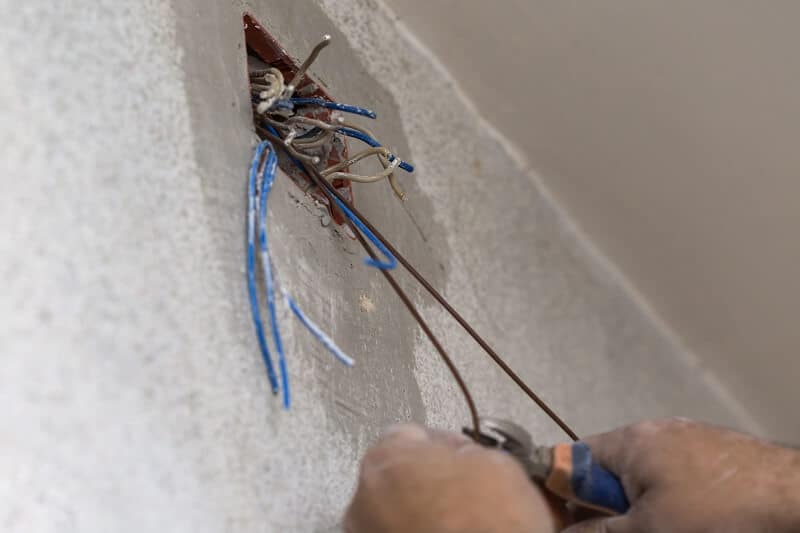 How can you be sure that a
How can you be sure that a  Finding a good electrician can be a tough job especially in a city as big as Los Angeles. There are many repairs around your home that can be done by yourself, but electrical work is something should probably be left to the professionals. Many times electrical work is not an everyday occurrence and most of the time it’s not planned. Home and business owners can often find themselves unsure of where to look to find a reliable
Finding a good electrician can be a tough job especially in a city as big as Los Angeles. There are many repairs around your home that can be done by yourself, but electrical work is something should probably be left to the professionals. Many times electrical work is not an everyday occurrence and most of the time it’s not planned. Home and business owners can often find themselves unsure of where to look to find a reliable 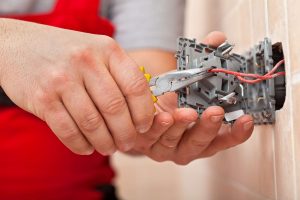 If your home was built before 1971, you will want to take a quick look around your home to see what kind of outlets you have. Technology and electric safety standards are constantly improving. With every improvement, you can feel a little safer and secure in your home when it comes to the electrical wiring and other components. After 1971, new home construction standards required the use of GFCI outlets in some areas where water was a risk factor to electrical appliances. If your home does not have these, it is a good idea to have an
If your home was built before 1971, you will want to take a quick look around your home to see what kind of outlets you have. Technology and electric safety standards are constantly improving. With every improvement, you can feel a little safer and secure in your home when it comes to the electrical wiring and other components. After 1971, new home construction standards required the use of GFCI outlets in some areas where water was a risk factor to electrical appliances. If your home does not have these, it is a good idea to have an 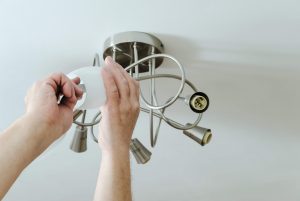 If you are redesigning a room in your house, it is important you look beyond the paint color on the walls and the type of flooring in the room. You need to take a long, hard look at the lighting. It isn’t just about replacing tired, old fixtures. It is about making a room pop with the just right amount and right style of lighting. There is no one size fits all when it comes to lighting. Each space requires something a little different explains and
If you are redesigning a room in your house, it is important you look beyond the paint color on the walls and the type of flooring in the room. You need to take a long, hard look at the lighting. It isn’t just about replacing tired, old fixtures. It is about making a room pop with the just right amount and right style of lighting. There is no one size fits all when it comes to lighting. Each space requires something a little different explains and 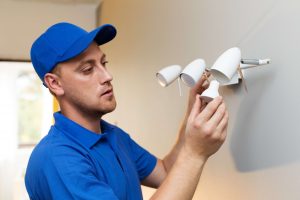 Natural lighting is typically the lighting of choice in any room. Unfortunately, it isn’t always possible to have enough windows in a space to provide the natural light you need to make a room look bright and airy. Adding more light fixtures helps, but it can’t quite take the place of natural light. Most lightbulbs cast tinted colors in a room, depending on what kind you are using. An
Natural lighting is typically the lighting of choice in any room. Unfortunately, it isn’t always possible to have enough windows in a space to provide the natural light you need to make a room look bright and airy. Adding more light fixtures helps, but it can’t quite take the place of natural light. Most lightbulbs cast tinted colors in a room, depending on what kind you are using. An 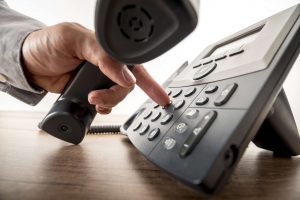 Owning a home can be an exciting adventure. However, owning a home comes with the knowledge you are going to have to invest in the home on almost a monthly basis. It doesn’t matter how new your home is, you are going to run into issues that require you to hire professional help to resolve. While many homeowners prefer to handle as much of the maintenance and upkeep on the home themselves, there are time when problems should absolutely be left to the professionals. Anything having to do with electricity in the home should always be left to an
Owning a home can be an exciting adventure. However, owning a home comes with the knowledge you are going to have to invest in the home on almost a monthly basis. It doesn’t matter how new your home is, you are going to run into issues that require you to hire professional help to resolve. While many homeowners prefer to handle as much of the maintenance and upkeep on the home themselves, there are time when problems should absolutely be left to the professionals. Anything having to do with electricity in the home should always be left to an 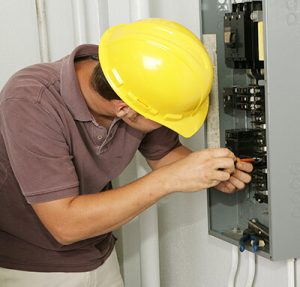 It is a good idea to give your home an electrical inspection every month to identify any potential hazards. It doesn’t take a lot of time and can become a part of your normal routine once you know what you should be looking for. Often times, the signs of an electrical problem are in plain sight, but many people simply don’t know they are warning signs and they are ignored. Your
It is a good idea to give your home an electrical inspection every month to identify any potential hazards. It doesn’t take a lot of time and can become a part of your normal routine once you know what you should be looking for. Often times, the signs of an electrical problem are in plain sight, but many people simply don’t know they are warning signs and they are ignored. Your 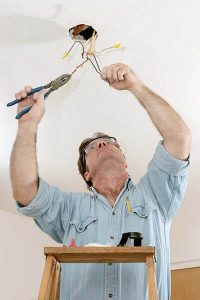 Does your home need something different, but you just can’t quite put your finger on it? Maybe you want to give it a facelift or make it feel more inviting. Seeing the same thing day in and day out can get a little old and boring. Your
Does your home need something different, but you just can’t quite put your finger on it? Maybe you want to give it a facelift or make it feel more inviting. Seeing the same thing day in and day out can get a little old and boring. Your 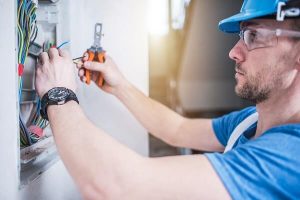 We all know electricity can be dangerous, but we also all know we take it for granted. We assume our homes are safe and free of electrical hazards because we haven’t ever had any real trouble. Becoming complacent or not fully understanding how electrical hazards are created or how electrical fires occurs can be dangerous. It is important to know some of the more common electrical safety tips that are often taken for granted. Your
We all know electricity can be dangerous, but we also all know we take it for granted. We assume our homes are safe and free of electrical hazards because we haven’t ever had any real trouble. Becoming complacent or not fully understanding how electrical hazards are created or how electrical fires occurs can be dangerous. It is important to know some of the more common electrical safety tips that are often taken for granted. Your